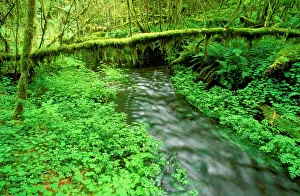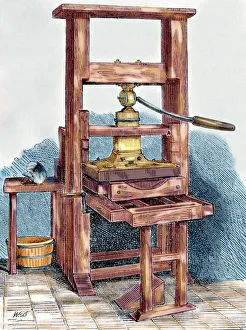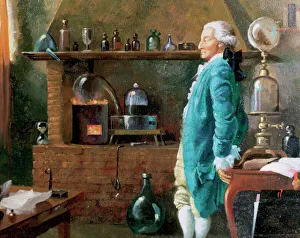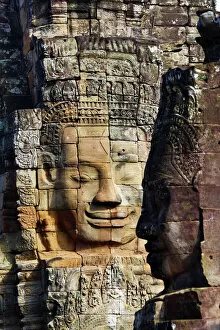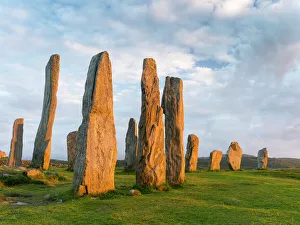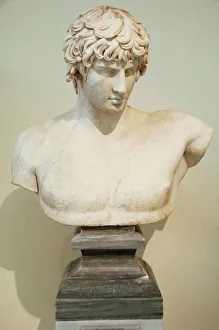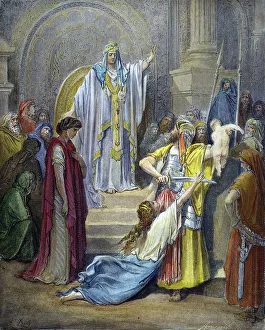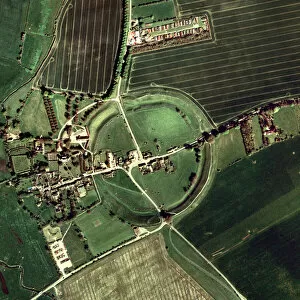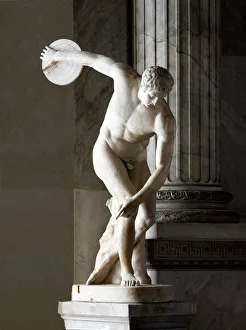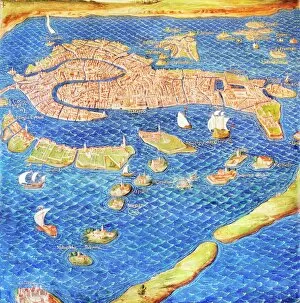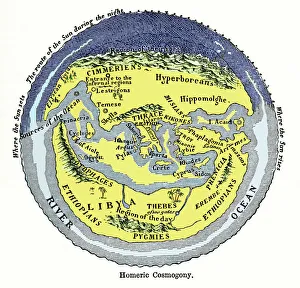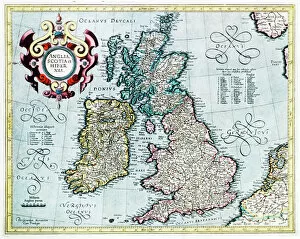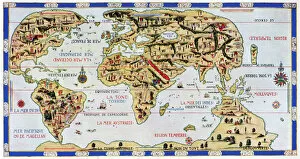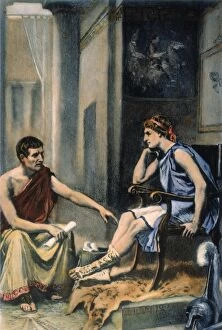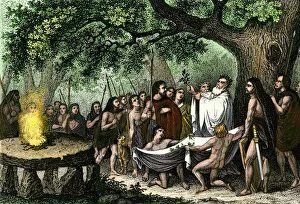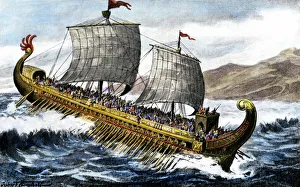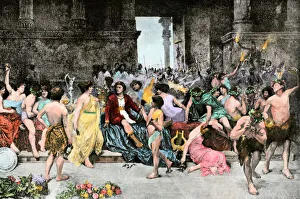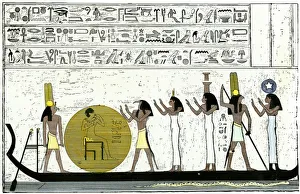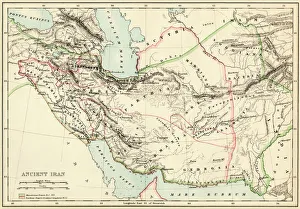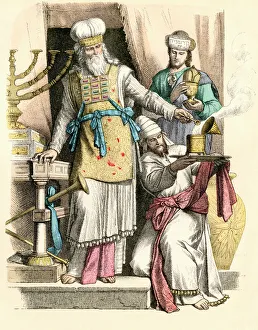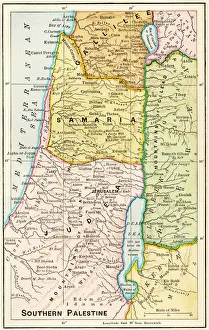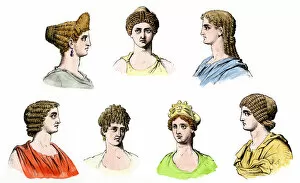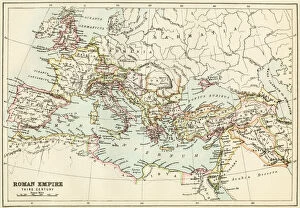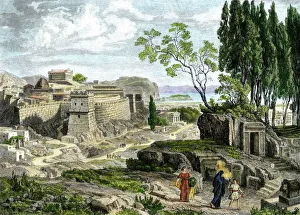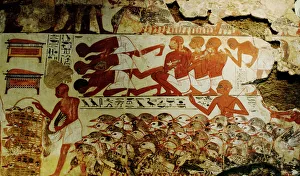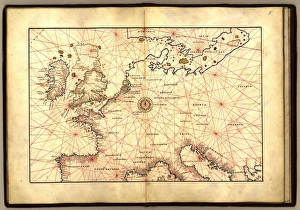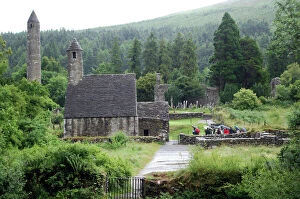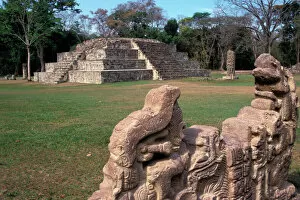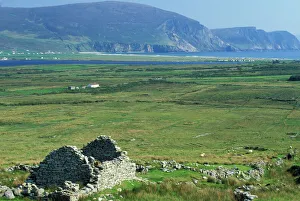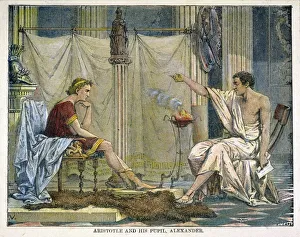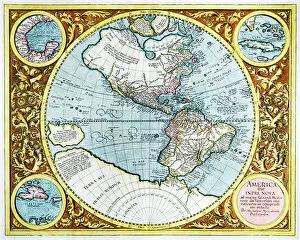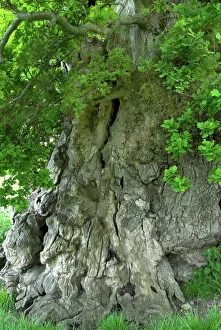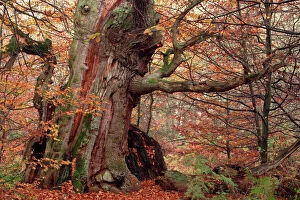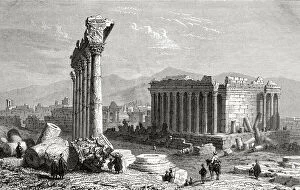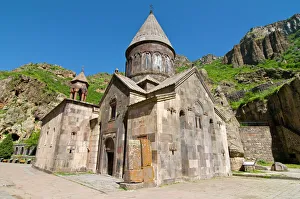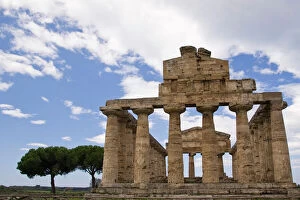Ancient Collection (page 3)
"Glimpses of the Ancient World
All Professionally Made to Order for Quick Shipping
"Glimpses of the Ancient World: From Golfing Legends to Ethical Codes" Golfing the special Swilcan Bridge on the 18th hole at the world-famous St Andrews - a timeless tradition that connects modern players with ancient golfing roots. Reflexology foot map, artwork - an ancient healing practice believed to stimulate various organs and promote overall well-being through pressure points on the feet. Hubble Ultra Deep Field 2012 - a mesmerizing image capturing galaxies billions of light-years away, reminding us of our small place in the vastness of time and space. Stone-age cave paintings, Chauvet, France - intricate artworks dating back over 30, 000 years that offer a glimpse into early human creativity and storytelling. Map Rome - tracing the grandeur and influence of one of history's most powerful civilizations, revealing its expansive territories and architectural marvels. Hanging gardens of Babylon - an architectural wonder considered one of the Seven Wonders of the Ancient World; lush greenery cascading from terraces amidst arid landscapes. The Hippocratic oath, Hippocrates' code of ethical conduct for practitioners written in cross-form Byzantine manuscript from the 12th century – embodying principles still revered today in medical ethics worldwide. Ancient Greece and its colonies around Aegean Sea – birthplace to democracy, philosophy, arts; this vibrant civilization shaped Western thought for centuries to come. Map of Britain in 597 AD – showcasing early medieval kingdoms as Christianity spread across these lands during Saint Augustine’s mission from Rome Jesus calming storm on Sea Galilee – illustrating biblical accounts where faith triumphed over nature's fury while highlighting Jesus' teachings about peace amid chaos. Ancient Greek empire- A mighty empire stretching across continents with remarkable achievements in science, art & governance that continue to inspire generations.

